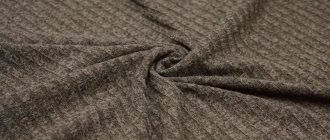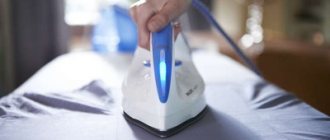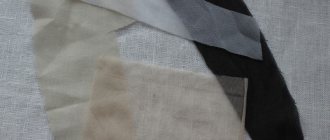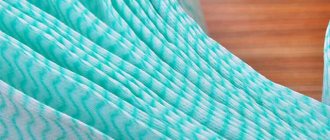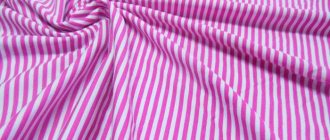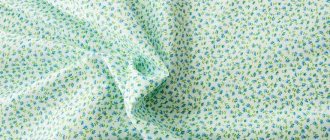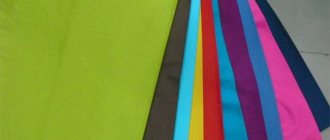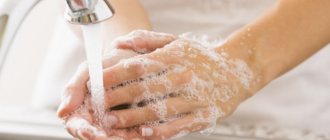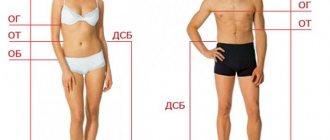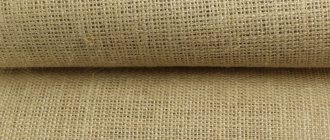General requirements for waterproofing and strengthening
Unlike hydrophobic additives, impregnations are not added to concrete, but are applied to its hardened surface. When using them, you must follow a number of rules. The composition can only be applied to concrete that has matured and gained strength, i.e. at least 2 weeks after concreting. This is necessary so that all chemical processes associated with the hydration of cement and the development of the design strength of the structure are essentially completed.
It is equally important to clean the surface before starting work, for example using CemClean cleaner. It will help remove traces of oil, cement mortar, efflorescence and mold.
Important: it is better to apply the water repellent itself in 2-3 approaches with an interval of up to 5 minutes. There is no need to wait for the previous layer to dry. The wet-on-wet application technology ensures the greatest penetration depth.
Other important rules for using water-repellent impregnations:
- The temperature of the concrete or stone surface for applying the composition must be at least 10 °C, unless otherwise specified in the instructions for the composition.
- All visible defects must first be removed, and the surface must be cleaned of loosely bound particles and debris, and then removed from dust (preferably using a vacuum cleaner).
- When applying compounds, it is more convenient to use brushes and rollers that are resistant to solvents.
- Before starting work, mix the composition thoroughly.
Important: when working with impregnation, you must follow safety precautions and use personal protective equipment.
Video: Cemmix CemClean means for cleaning concrete, brick, stone
In what areas is water-repellent impregnation used?
The use of waterproofing impregnations is in demand wherever concrete and stone surfaces are exposed to the destructive effects of precipitation, moisture and other liquids. Especially often the compositions are applied:
- On brick walls, tiled facades.
- For concrete floors and areas of laboratories, workshops, and parking lots.
- At the bottom of pool bowls, drainage trays, wells.
- For blind areas, paving slabs, fences, curbs.
Important: protecting concrete from water may be required at facilities of any purpose - residential, civil, administrative or industrial.
Video: impregnation of artificial decorative stone
Video: what is better to protect the facade of a house - varnish or water repellent?
The best means
Top water-repellent impregnations:
Nikwax-1
Nikwax-2
- Nikwax water-based moisture protection spray. A harmless, environmentally friendly product, suitable even for treating sports jerseys. Protects against moisture, but allows air to pass through. There are containers of 150, 300 and 500 ml. Convenient dispenser and protective mechanism. A water-repellent spray is suitable for fabrics made of nylon and cotton fibers, for ski suits with various insulation. Among the disadvantages - the cost is about 500 rubles for a small bottle; the need to use gloves and spread the liquid with a sponge on clothing.
- Fabric spray for different types of materials Salamander, made in Germany. Suitable for shoes too. Made on a hydrocarbon base with photocarbon polymer. Can be used on suede, leather, textiles. This impregnation is dirt and water repellent. Prevents the appearance of salt, snow and water stains. You can buy 300 ml for 250 rubles.
- Grangers Clothing Ash is added to the machine when washing. It is safe and can be dried. This product is suitable for membrane fabrics, sports and mountaineering clothing. It allows air to circulate freely, while keeping moisture out and repelling dirt. Does not harm the washing machine. In 2.5 minutes it will treat the entire surface. It is expensive - about 1000 rubles for 300 ml. It is difficult to calculate the amount of product if there are too many clothes.
- Nikwax Down Proof impregnation for outerwear with insulation. It envelops not only the outer part of the material, but also the warm “filling” of a winter jacket or trousers. Suitable for feather and down filling. Supplements them with thermal insulation. Used for sportswear for snowboarders and skiers, workwear for utility workers. 10 minutes is enough for the effect. Available in bottles of 150 and 300 ml. One item will require 150 ml. Costs from 600 rubles for a small container.
- Dry Care spray is suitable for leather, suede, velor and various fabrics. It is applied to a clean and dry surface. Combines dirt- and water-resistant properties. Contains no silicones. The product from a Russian manufacturer costs 500 rubles per bottle.
nikwax_tent_gear_1
nikwax_tent_gear_2
- Water-repellent impregnation for tents, backpacks, awnings and other travel equipment Nikwax Tent Gear Solarproof. Protects from sunlight and moisture. The aerosol product is water-based. Can be used on wet and dry materials. One 500 ml bottle is enough for a 2-3 person tent. A can costs about 700 rubles.
Why is waterproofing needed?
The main task of using water-repellent impregnations is to protect concrete structures from the penetration of moisture, which over time can destroy it. Concrete itself cannot withstand the effects of aggressive chemicals, precipitation, and industrial gases, which destroy its structure from the inside. The strength of concrete is determined by the characteristics and amount of cement, sand and crushed stone, the water-cement ratio and the chemical processes that occur during cement hydration.
Hydration is the binding of water and cement powder components. Because of it, a mixture with a gel consistency is formed in the pores of concrete. The pores also contain air and water. All this negatively affects the quality of concrete.
Micropores give concrete 2 negative properties:
- Insufficient hydrophobicity (resistance to water penetration). As a result, moisture fills the pores.
- Low density. It reduces the strength of hardened concrete.
To solve these problems and protect concrete from destruction, water-repellent impregnations are used. Thanks to them, it is possible to easily transform the porous structure of the material into an almost completely impenetrable one.
For concrete surfaces that come into contact with moisture, this is very important. This is precisely the task that waterproofing performs, one type of which is water-repellent impregnation.
Please note: thanks to impregnation, in addition to moisture, oils, fats and other chemicals will not be able to penetrate into the concrete.
